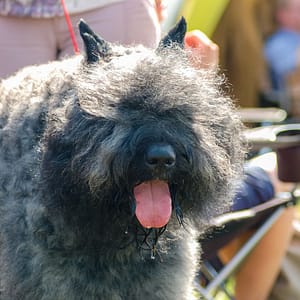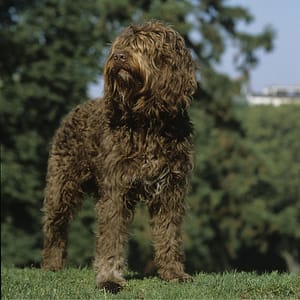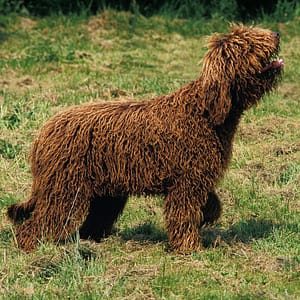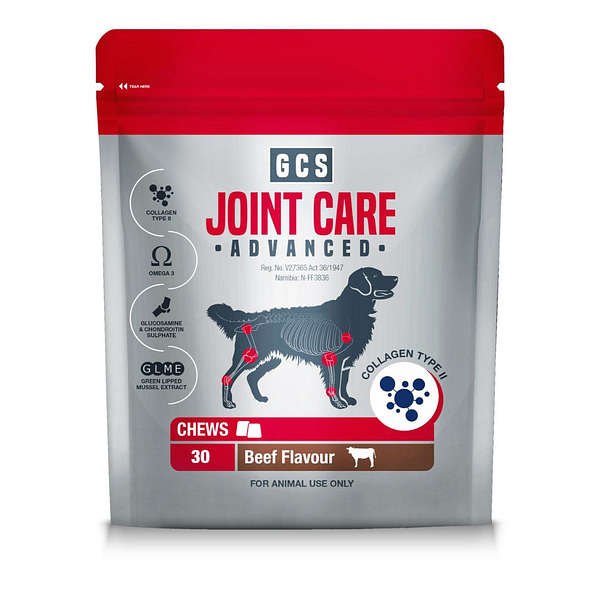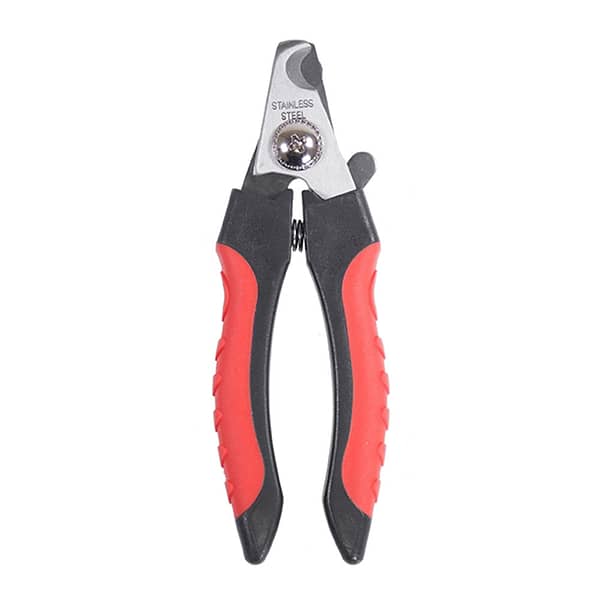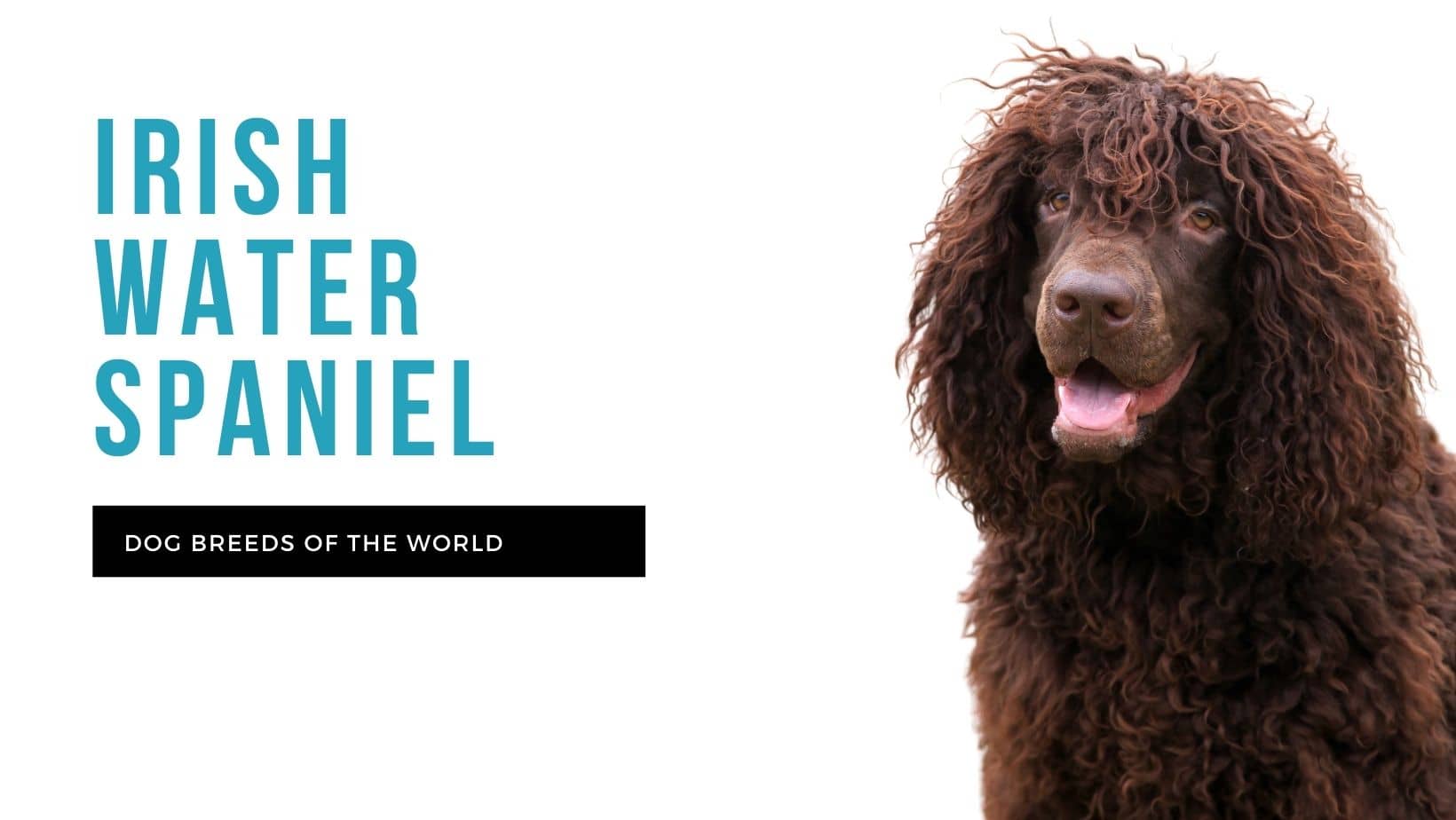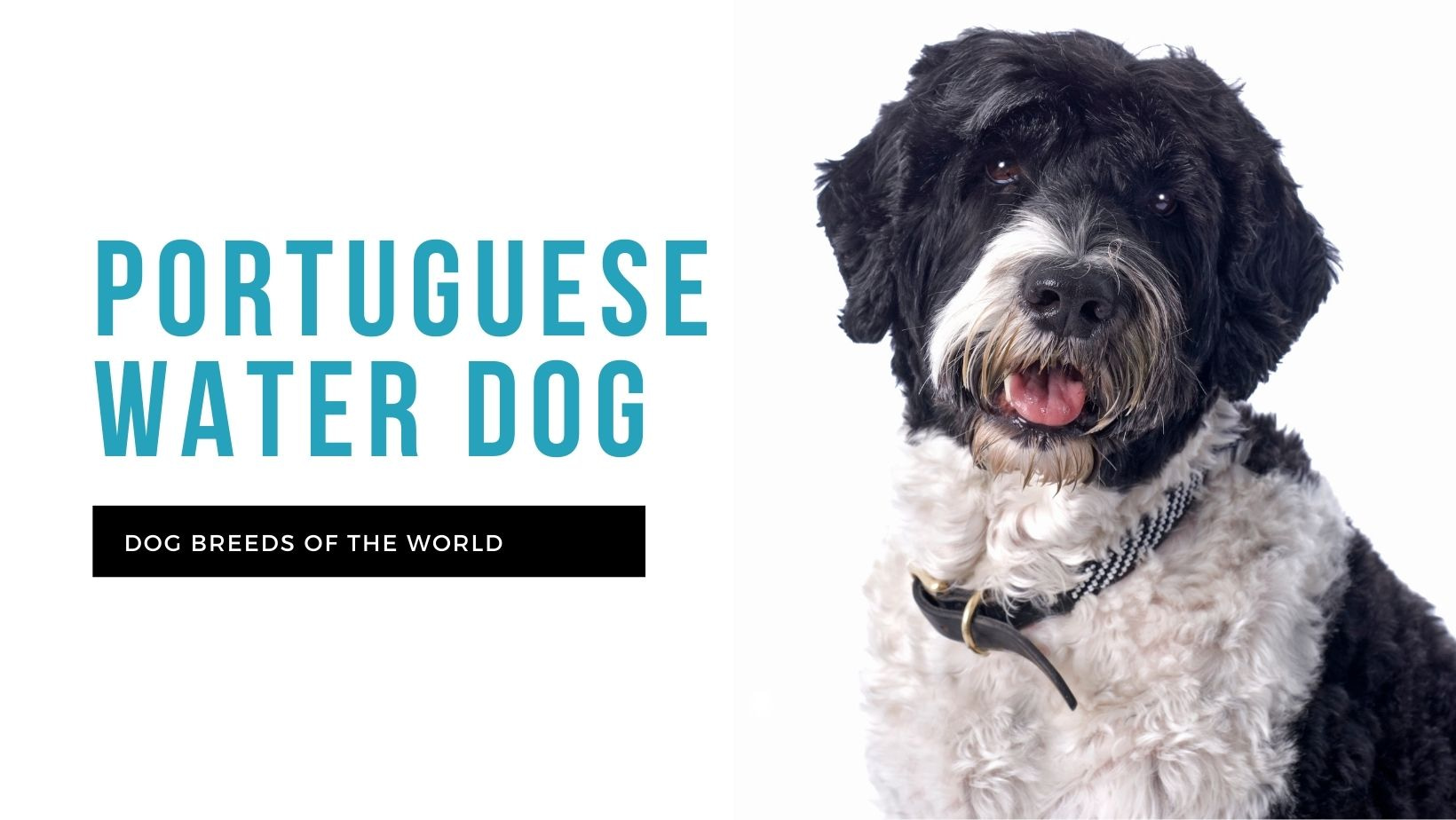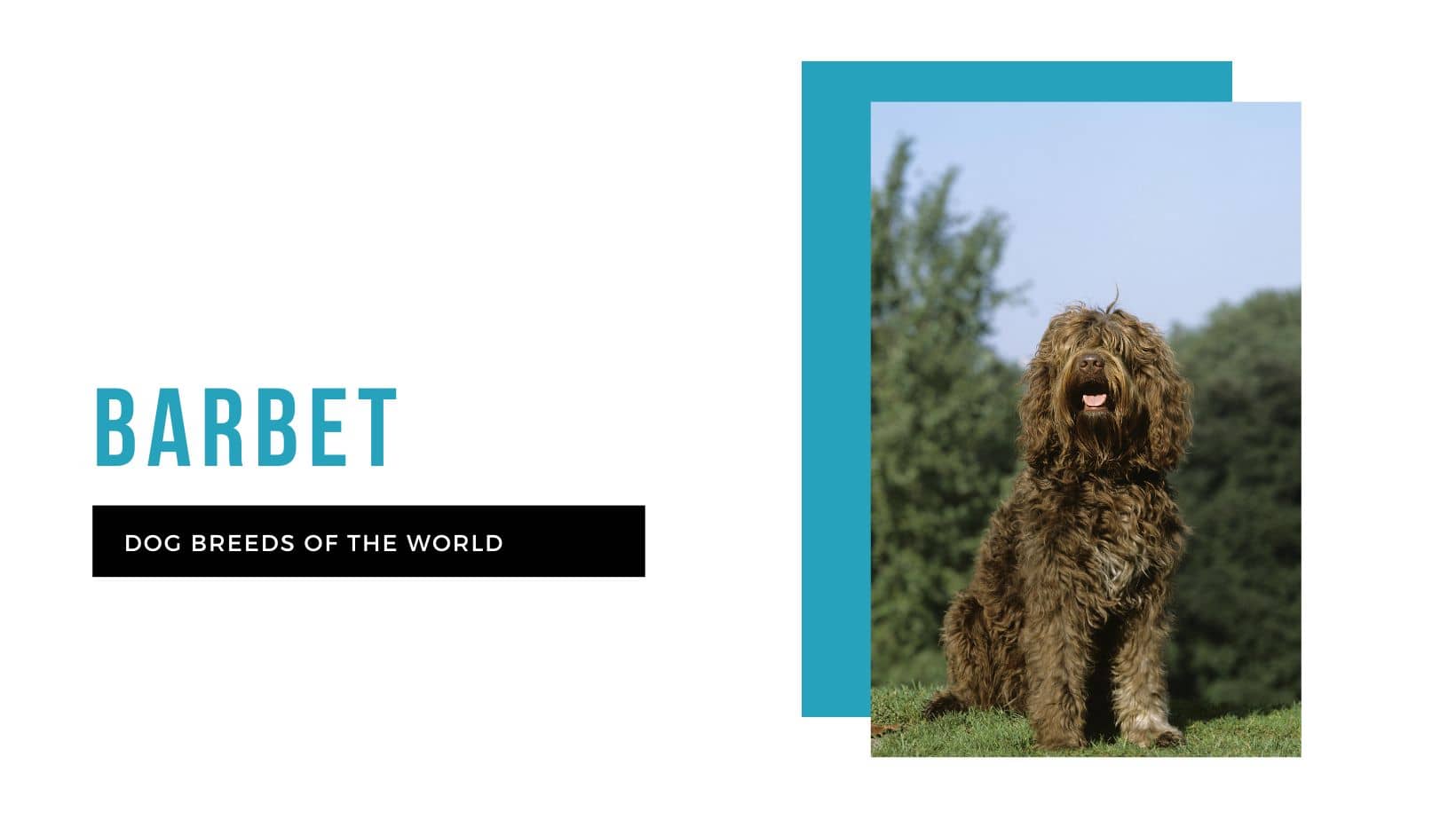
The woolly coat and athletic body that is so characteristic of waterdogs originally belonged (and still belongs) to the friendly-faced barbet. This dog breed is rare, but he exists as both a breed on his own and is also considered the ancestor to many other woolly-coated breeds like the bichon frisé, the poodle, Portuguese water dog, Irish water spaniel, and even the Newfoundland.
Developed as a hunting dog and companion, the barbet is agile, strong, tireless and very intelligent. This means his mind is also just as busy as his muscles and he needs lots of exercise and stimulation in order for him to be a good pet.
History
Images of the friendly, lively, woolly retriever appear in the history books from as far back as the Middle Ages. It was during this time that the barbet’s name was simply ‘water dog’, which described his excellent function: retrieving downed birds along with his hunter human. Whenever the barbet is mentioned in historical documents or depicted in images, he always appears dignified and admired – history’s way of saying he’s always been a Good Dog!
At around the turn of the 20th century, the barbet almost became extinct, but after World Wars I and II, great effort was made to bring him back from the brink. The modern barbet is being carefully redeveloped and revived and there are still only very few officially registered dogs of this breed. The barbet was only officially recognised by the Fédération Cynologique Internationale (FCI) in 1954, with the breed standard updated in 1986. Despite being such an old breed, he only made his way to the UK in the early 2000s – from France, Canada, Sweden and Poland – and there are only a couple of litters born in the UK each year.
The barbet was recognised by the UK Kennel Club in 2018 and by the American Kennel Club (AKC) only in 2020. There are currently fewer than 200 barbets living in the UK (making the breed vulnerable) – most of which are pets, although some are hunting companions, agility and conformation competitors, or search-and-rescue dogs. In the USA there are fewer than 100 registered barbets left.
Temperament
Even though he was bred as a hunting dog, the barbet is easily described as friendly and sweet. He’s intelligent and has a cheerful personality; is devout to his humans and is quite a social dog. Joyful, clever and calm – it’s unfathomable that this wonderful personality belongs to such a rare breed.
Health
With so few registered dogs to draw data from, the barbet cannot be said to be ‘susceptible’ to breed-specific health conditions. Breeders have also been very careful to not to breed too closely within such a small gene pool, and they maintain very strict health screening protocols so as not to sully the breed with avoidable health conditions like hip and elbow dysplasia, common allergies, seizures or eye conditions.
Exercise Requirements
A hunting dog specifically bred for retrieving in water, the barbet is a phenomenal swimmer with plenty of physical endurance. He comes with excess energy built in and therefore needs a lot of exercise – both to burn off his energy and to keep him in physically good shape. Ideally he should be exercised in water – he’s born with webbed feet anyway – but he won’t turn his nose up at regular daytime walks and lots of fetch or retrieving games in the backyard. Smart and keen to learn new things, the barbet can be easily trained with positive reinforcement techniques.
Early socialisation and obedience training will set the tone for years of fun training sessions. Whatever he’s trained to do, the barbet will be happy simply being in the company of his people or other pet friends. All of that excess energy can also be focused on competitive dog sports like agility, lure coursing, dock diving (yay! Swimming!) and rally – these will be great for stimulating his mental muscle as well.
Grooming Requirements
That curly, waterproof, double coat may be amazing out in the field, but when it comes to grooming, it can make for a time-consuming and difficult endeavour. He has very specific requirements for grooming for the show ring, but for everyday wear, he must be brushed out daily, ensuring he’s combed right down to the skin to remove all the loose, dead hairs of his undercoat. After a bath, only air-drying his coat will bring back his natural curls – blow-drying his coat tends to straighten it.
The barbet’s toenails grow fast, so they should be clipped or ground very regularly. His ears should be checked weekly for any signs of infection (redness, odour) and to ensure there’s no waxy build-up or excess debris. His teeth should be brushed daily to preserve that gleaming, friendly barbet smile.
Ratings
Friendliness to other pets
Friendliness to strangers
Behaviour towards children
Statistics
| Size |
Medium |
| Type |
Sporting Group (AKC) |
| Average adult weight |
26 kg |
| Average adult height |
61 cm |
| Average life span |
14 years |
| Breed family |
|
| Area of origin |
France |
Gallery
Product suggestions
Similar breeds


